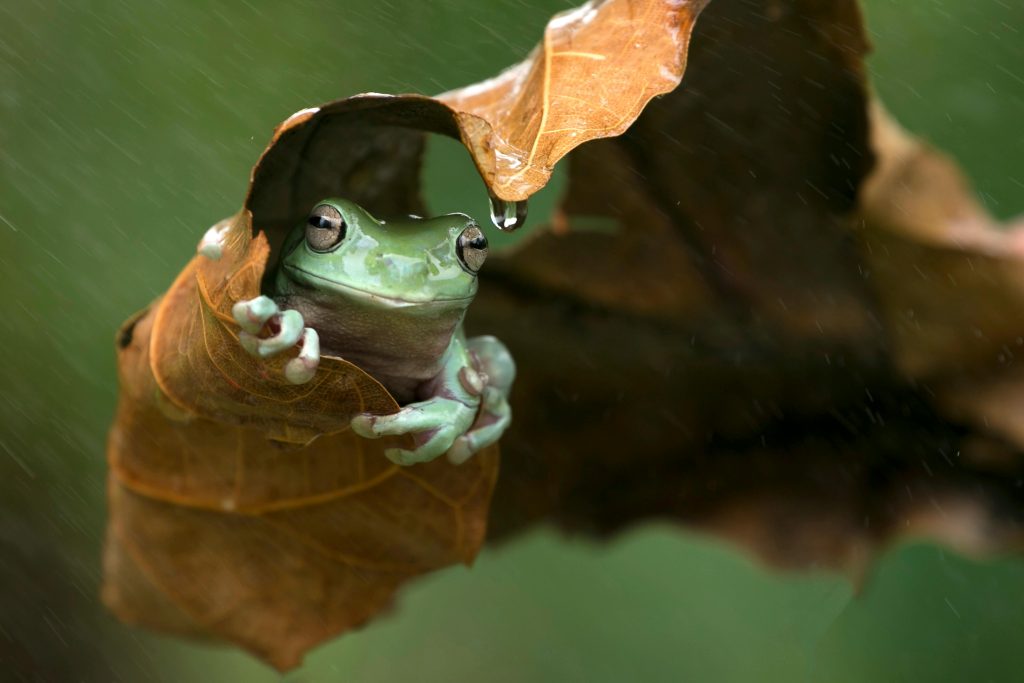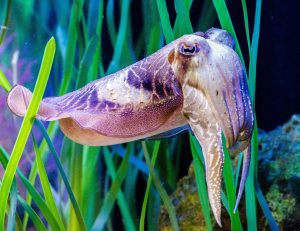Undercover Animal Communication

I don’t know about you, but I used to think animal communication was fairly basic, until I almost got bitten by my neighbors dog who was trying to warn me the whole time to stay away. Welcome to the world of undercover animal communication, where every sound, gesture, and movement carries a meaning far beyond what we usually perceive.
As you read further, you’ll get to uncover secrets of how animals converse in ways that often escape human notice.
Language Of Silence
While we frequently link communication with sound, many species rely on the absence of noise to send messages. For instance, the eastern gray squirrel has a complex system of tail flicks and body postures that signal danger, territorial boundaries, and even mating interest. This silent communication allows them to alert others without attracting predators.

Chemical Conversations
Have you ever wondered how ants work together so perfectly? It’s because they use pheromones. These are chemical signals that can dictate an entire colony’s behavior. They are so precise that a single ant can leave a trail leading to food, and within minutes, thousands of its comrades will follow the path, each reinforcing the chemical trail for those behind. Just so you know, ants aren’t the only ones that use this method to communicate, many more insects and animals also use pheromones. An example of this can also be found in male butterflies which use pheromones to attract mates.
Vibrations and Touch
Did you know electric eels can generate low-voltage electric fields to communicate with each other? These subtle electric pulses might indicate social status or even hunting strategies. Similarly, spiders use web vibrations to detect prey and communicate with potential mates. The sensitivity to these vibrations is so refined that they can distinguish between different types of prey.
Visual Signals (Colors)

The Role Of Learning

Imagine understanding a warning call before a predator arrives, or being able to identify stressed animals within a population. Next time you’re outside with nature, take a moment to truly listen. By appreciating the complexity of animal communication, we can foster a deeper connection with the natural world and become better stewards of our planet.
References
1. Eastern gray squirrel – Wikipedia. Squirrel Communication: Understanding Tail Flicks and Body Postures.
2. Canine Communication Insights – Silent Conversations: Understanding Dog Body Language.
3. Shhh, the Ants Are Talking: The Secret Language Of Ants.
4. Frontiers: Electric Eel Communication.
5. ResearchGate: How Cuttlefish Communicate.
6. ncbi.nml.nih.gov – Dolphins’ Complex Social Networks and Communication.
Kad

Responses